Our feet come in contact with a lot of icky stuff in a day's work.
Perhaps it's not too surprising that almost everybody will develop foot or toenail fungus — or both! — at some point in their lives.
Fungal skin infections can happen anywhere on your body, but they are particularly common is moist areas that sweat a lot and don't get much ventilation.
Your feet are the ultimate breeding ground for fungus, because they sweat a lot.
That moisture and heat can help a small fungus develop into a full-blown flare-up.
Foot fungus is usually mild and easy to treat. You can even treat minor cases by simply soaking you feet in an apple cider vinegar solution.
However, things can get a lot more complicated if it spreads and infects your toenails. This is an especially common problem in the summer, when your feet are especially exposed thanks to sandals, swimming pools and other hazards.
Toenail fungus is itchy, stinky, and tough to get rid of, so you want to make sure you nip it in the bud!
Scroll through for a few signs of developing toenail fungus that everyone should watch out for!
Photo Credit: Wikimedia Commons
What Is Toenail Fungus?
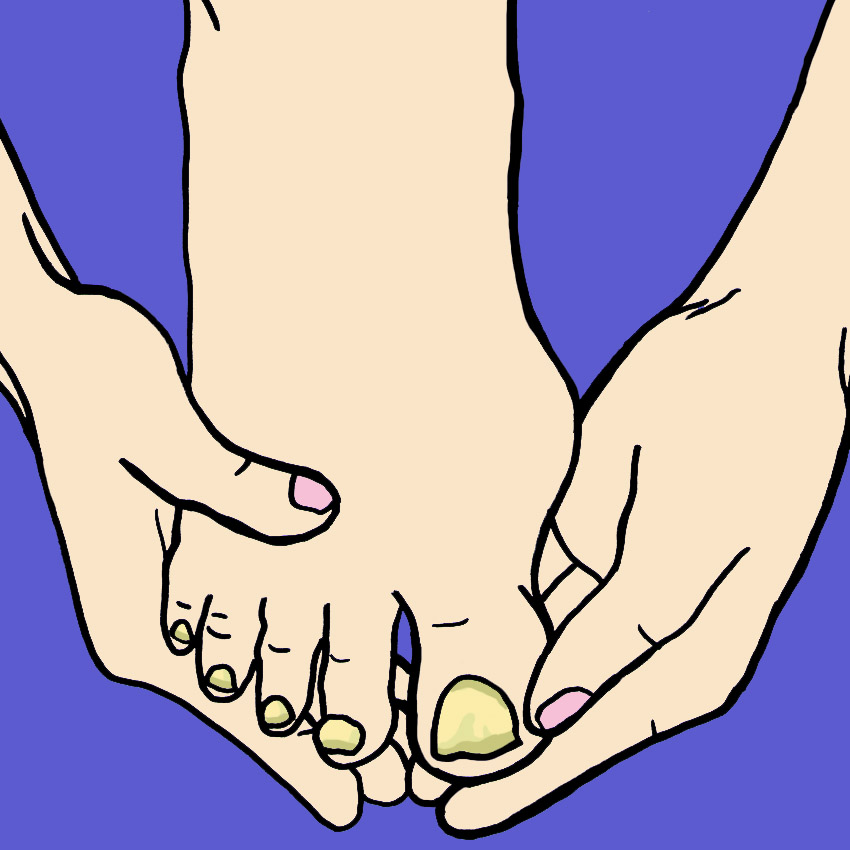
Most of us are probably familiar with the mild foot fungus known as athlete's foot. It can causes flaky, itchy patches on your feet.
It is so common that one University of Edinburgh study notes that up to one quarter of all people may have it at any given time.
Athlete's foot is usually mild on the sole of the foot, but if it spreads to the skin under your toenails, it can cause some icky symptoms and be very stubborn to get rid of.
Once under the nails, the toenail fungus can impact how the nail grows, leading to unsightly nails.
Toenail fungus can happen to anyone, but it is particularly common in runners and hikers, people with diabetes, folks over the age of 50, and people who tend to sweat a lot.
It is also especially common in the summer, when your feet sweat more, and are more exposed to germs.
Sign #1: Thickening Nails

If your toenails suddenly appear thicker and denser, keep an eye out. Thick nails are one of the early, subtle symptoms of a fungal infection in the nail.
Normally, your toenails should be only slightly thicker than your fingernails, but they may become twice as dense if fungus impacts their growth.
Next time you're clipping, make a note of the thickness of the nail!
Sign #2: Strange Colors
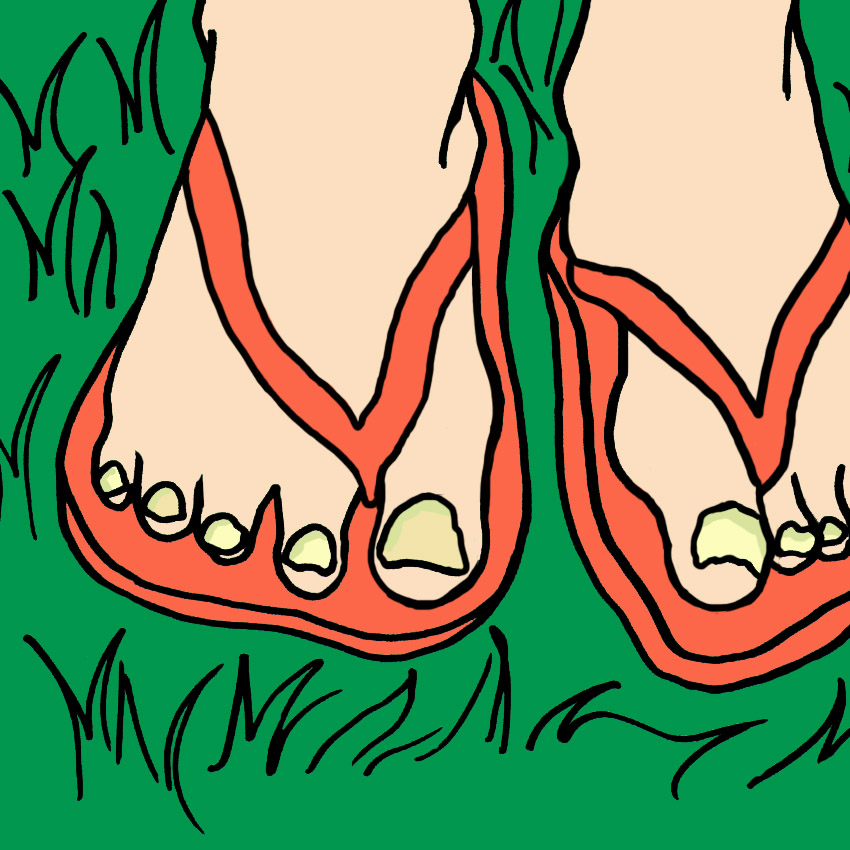
If you develop toenail fungus, you might realize when your toenails start changing color.
Normally, toenails are the same pink-and-ivory color as your fingernails. If you develop a fungal infection, your toe nails might acquire yellowish streaks up the middle.
Eventually, the whole nail may change to a yellow, green, or brownish color, according to the American Academy of Dermatology.
Sign #3: Sickly Smells
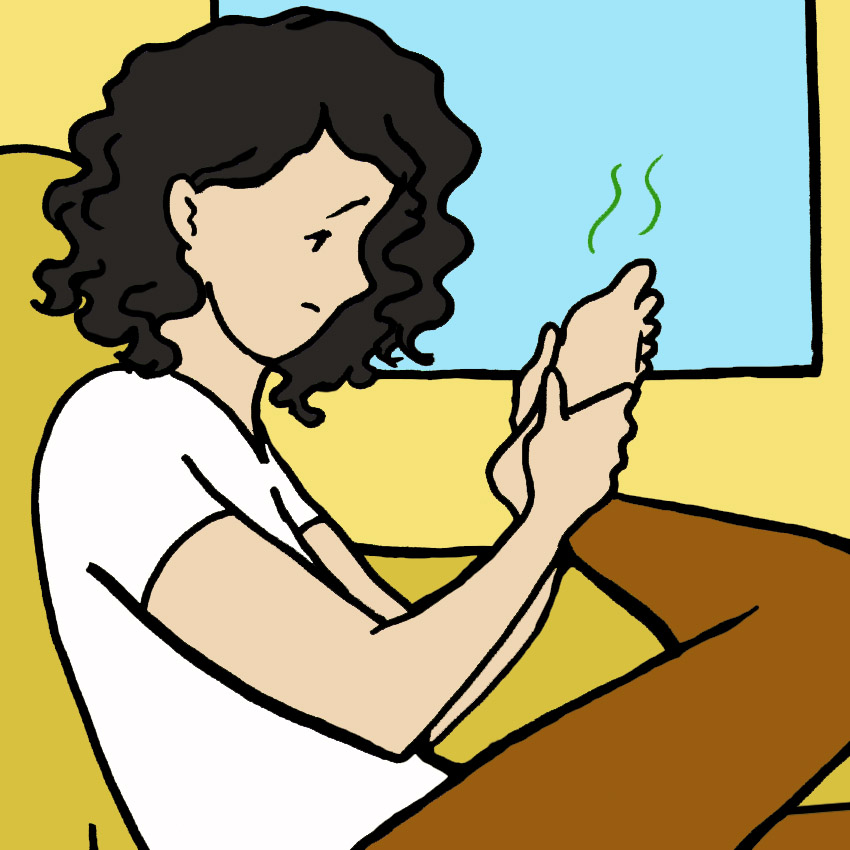
It's normal to have smelly feet. If you wear shoes all day, stinky bacteria will start to build up, but can easily be washed off in the shower.
However, if you notice that your feet still smell after washing, your nails might be the culprit.
The fungus building up underneath the nails has a distinctive odor, and opportunistic bacteria might also move in.
The combination leads to an almighty stench that is difficult to lift.
Sign #4: Crumbly Texture
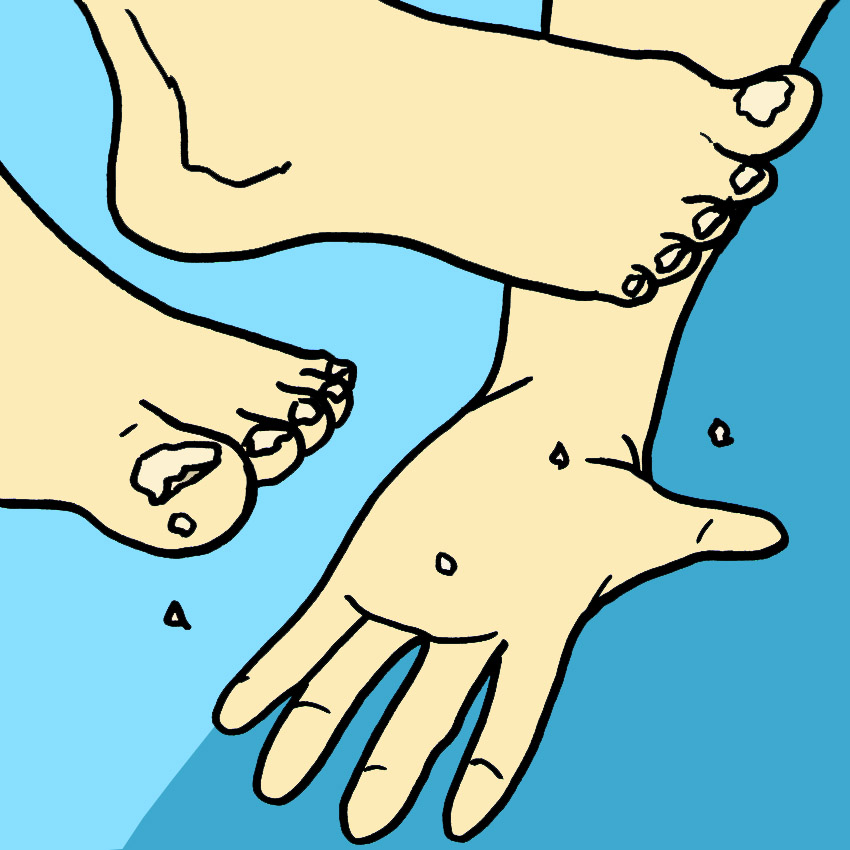
If your have a fungal infection, your nails might become crumbly and brittle and start breaking off, according to the U.K.'s National Health Services.
Small amounts of pressure might make the nail chip, and the texture might feel different when you go to the clip the nails.
If you're leaving little 'crumbs' of nail behind you, there's a good chance that fungus is to blame.
Sign #5: Lumpy Shape
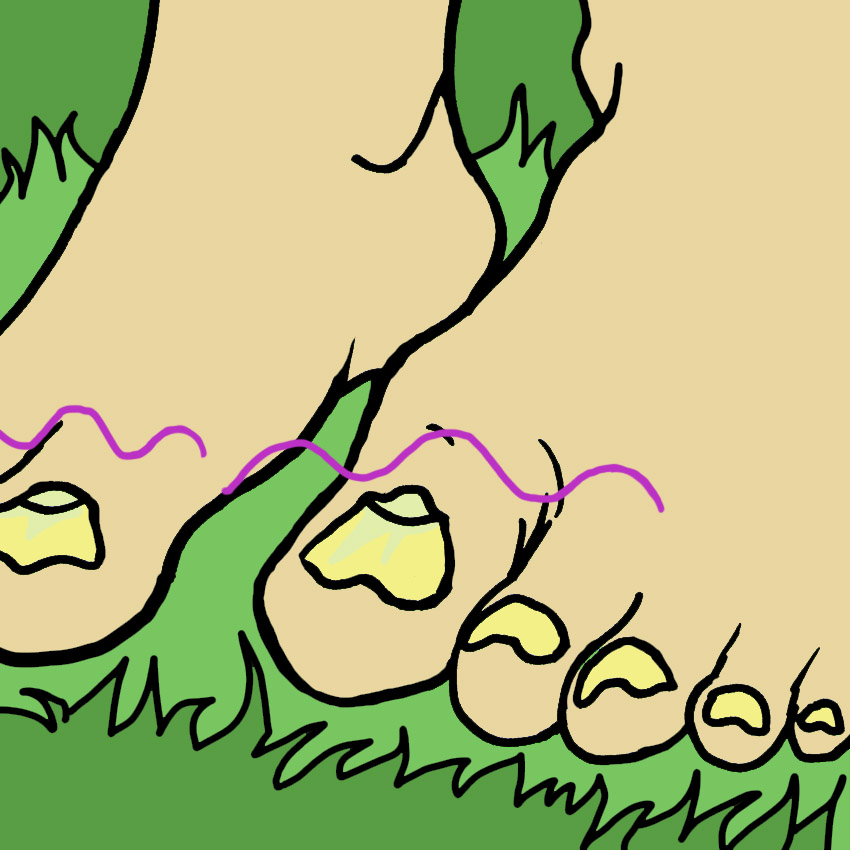
As fungus builds up under your nails, the shape of the nail is also going to change.
Buildup of fungus around the follicle of the nail means that your nails are going to come in lumpy and bumpy.
The edges of your nails may also appear jagged and torn, because small layers start flaking off, according to Northcoast Footcare.
Sign #6: Nails Coming Off
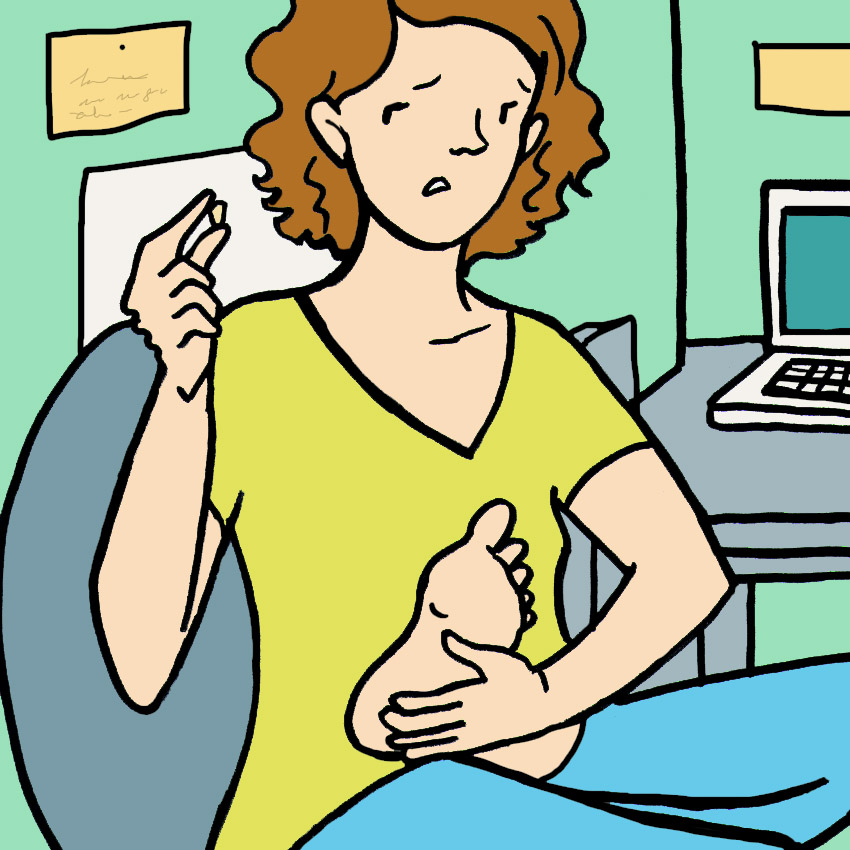
If the fungal infection progresses for a long time, the symptoms eventually get worse. One of the more distressing symptoms? Your toenails may actually begin to fall off.
As the nail thickens, it becomes too heavy and bulky for the cuticle, and the cuticle is simultaneously weakened by the fungus. Eventually, the afflicted nail may simply drop off.
It's a distressing symptom, but try not to worry. Yellow Toenails Cured writes that, if you treat the fungus, your nails should grow back just fine.
How Can You Get Rid Of Toenail Fungus?

If you develop toenail fungus, you should treat it right away. There are over-the-counter anti-fungals available at any drugstore.
If OTC products don't work, your doctor should be able to give you a prescription-strength solution.
According to the Mayo Clinic, the best protection is to prevent infection in the first place. Always keep your feet clean and your nails trimmed.
Wear breathable socks and shoes whenever possible, and don't walk barefoot in public places.
If you hate icky and unsightly toenail fungus, be sure to SHARE to help people fight the symptoms!




